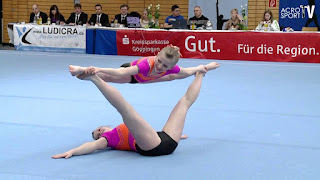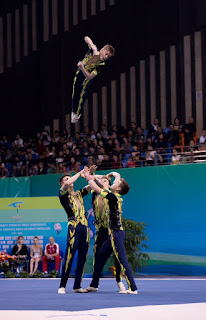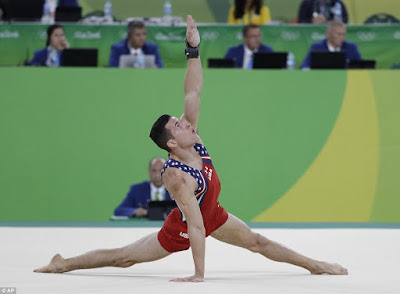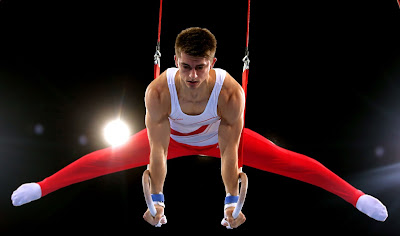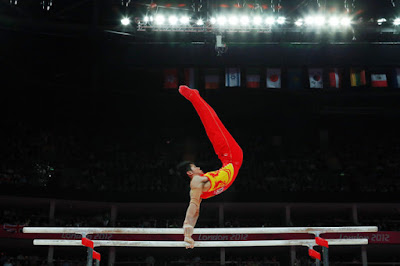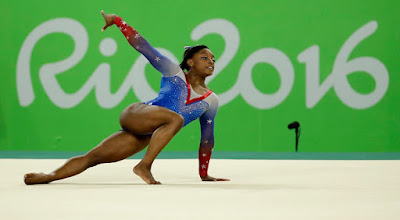In 1962 rhythmic gymnastics was officially recognized by the international gymnastics federation (FIG).The first World Championships for rhythmics held in 1963 at Hungary. Rhythmic gymnastics was included as an Olympic sport in 1984. In the Olympics, Rhythmic gymnastics has only female participants. But nowadays in some countries, males are beginning to participate in rhythmic gymnastics. Rhythmic Gymnastics is governed internationally by the Federation Internationale de Gymnastique (FIG).In rhythmic gymnastics, the athletes perform with equipment instead of on equipment. Gymnasts perform jumps, tosses, balances, leaps and other moves with different types of apparatus, and they are judged according to their grace, danceability, apparatus handling, execution, coordination, choreography, etc.
RHYTHMIC GYMNASTICS APPARATUS
Rhythmic gymnastics classified into five different apparatus-
- Rope
- Hoop
- Ball
- Clubs
- Ribbon
Rope
Rope made of hemp or synthetic material, which are light in weight. Skills in rope include swings, throws, circles, rotations, and figures of eight, etc.
Hoop
Hoop made of plastic or wood. The various skill involves rolls, swings, circles, figures of eight, throws, passes through and over the hoop.
Ball
Ball made of rubber or synthetic material. Skills include Ball throws, bounces or rolls, catches, flexible exercise, etc.
Clubs
Clubs made of wood or synthetic material. Flowing skills include small circles, asymmetric movements, throws and catches, etc.
Ribbon
Made of cloth with various colors. Minimum Ribbon 6 meters in size for senior and 5m for juniors. It is the most popular event in rhythmic gymnastics. Flowing movements include circles, throws, swings, serpents, etc.
Freehand
In Freehand gymnasts perform without apparatus. Which includes there style, technique, and execution of dance skills.
SCORING METHOD
In Rhythmic gymnastics, the score is given out of 20.0 for each event. The score is a combination of elements, choreography, music, catching the apparatus and execution, etc. Score is given according to the FIG code of points. Which are reviewed every four years. After each Olympic game, the scoring process is modified.
MAJOR EVENTS
OLYMPIC GAMES
WORLD CUP
WORLD CHAMPIONSHIPS
EUROPEAN CHAMPIONSHIPS
Related Pages

















